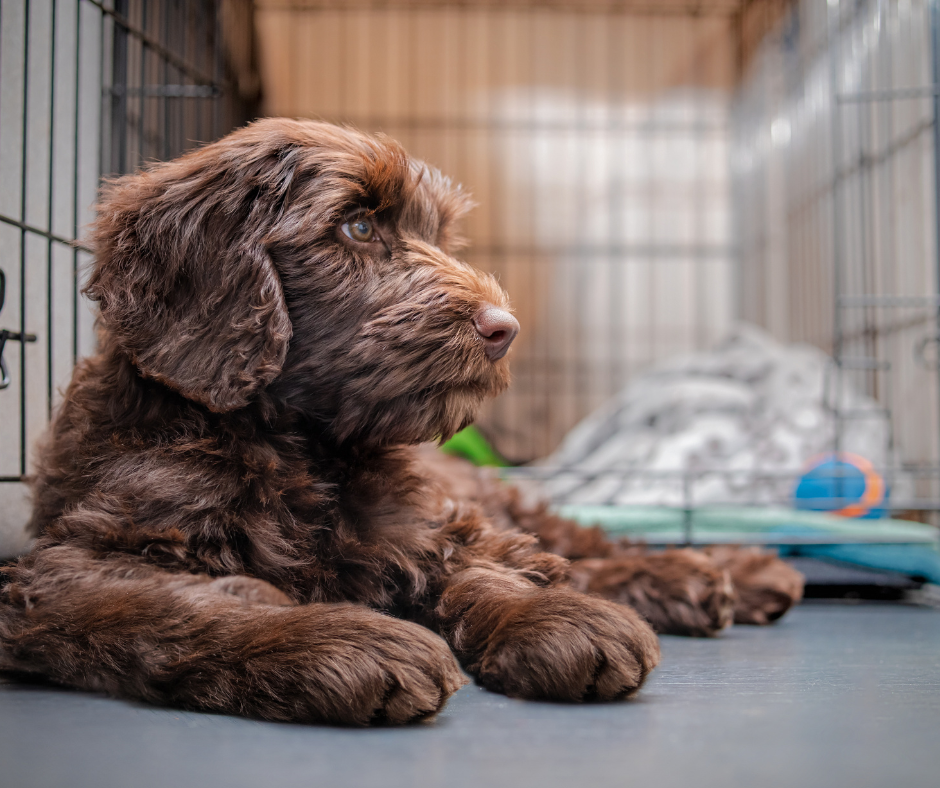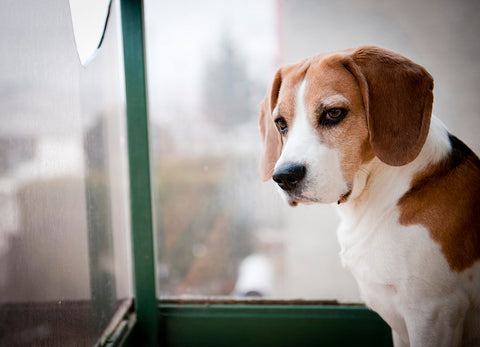
Crate Training Your Dog: A Beginners Guide
Crate training your dog is one of the smartest decisions you can make as a pet owner. Not only does it improve the well-being of your dog, but it keeps them and your home safer too! Crate training your dog is something which takes patience and kindness, but is well worth the effort! We’ve put together information on what is crate training, choosing the right dog crate and a step by step guide on how to crate train your dog for you.
What is Crate Training?
Crate training is when you teach your dog that a dog crate is a great place to be. Dogs are pack animals and as such, enjoy having a place they can call theirs. A dog crate is like a den for them. Somewhere they can feel safe, comforted and relaxed. Because of this, they are unlikely to toilet inside it, making it great for when you are toilet training puppies.
A dog crate is a secure type of cage into which a dog can be placed when you are out, at night, when travelling or by keeping the door open, whenever they choose to use it. Large dog crates are made with a wire frame and a plastic base, with smaller crates being made of sturdy nylon canvas.
How Do I Pick the Best Dog Crate for My Dog?
Dog crates are chosen based on your dog’s size and in some cases temperament. A dog which is timid, may prefer a smaller more enclosed crate, while a long-coated dog needs one with plenty of ventilation. The trick is not to buy one which is too big, or it defeats the purpose of providing a secure den.
In general terms, the dog crate needs to be large enough so they can stand without hitting their head, they can turn around easily and can lay down on their side with their legs stretched out.
Crate Training Your Dog 101
The best time to crate train your dog is when they still are a puppy. Some dogs master it quickly, others take time. Read through our step by step guide to crate training your dog:
- Be Casual – bring the crate into your home and set it up in a quiet area, but one which you will still be in. A corner of the lounge is a good place. Pop in your dog’s favourite toy, a comfy blanket or small mattress to lie on. Tie the door back so it stays open. The trick is to now ignore the crate, treat it like a piece of furniture and wait for your dog to start exploring it.
- Use Food – start putting your dog’s food bowl just inside the door at meal times. Let them eat from the bowl while remaining mostly outside the crate. Then over a few days, slowly move the bowl to the back of the crate, still leaving the door open.
- Start Shutting the Door – when your dog is used to eating in the crate, slowly shut the door. The second they finish eating, open it again. Then over time, keep it shut for a few minutes longer each time.
- Longer Crate Time – Once your dog goes in willingly for their meals, start using snacks or treats instead. Call them over to the crate and as they walk into it, give them a treat. Shut the door for short periods of time, even leaving the room.
- Coming Back – when you leave your dog in their crate overnight or when you are out, don’t make a fuss on your return. Give them a few minutes and then open the door and let them outside to go to the toilet.
Remember a dog crate is not something which should be used all the time. Your dog still requires the ability to roam freely around your home or garden for most their day. If you’d like help choosing the right crate for your dog, we’ll be happy to help. Send us a message about the type of dog you have and we’ll get things sorted for you.
Meta description – Make crate training your dog simple with our step by step guide. Plus learn how to pick the right crate for your furry friend too! Perfect for new puppies!

